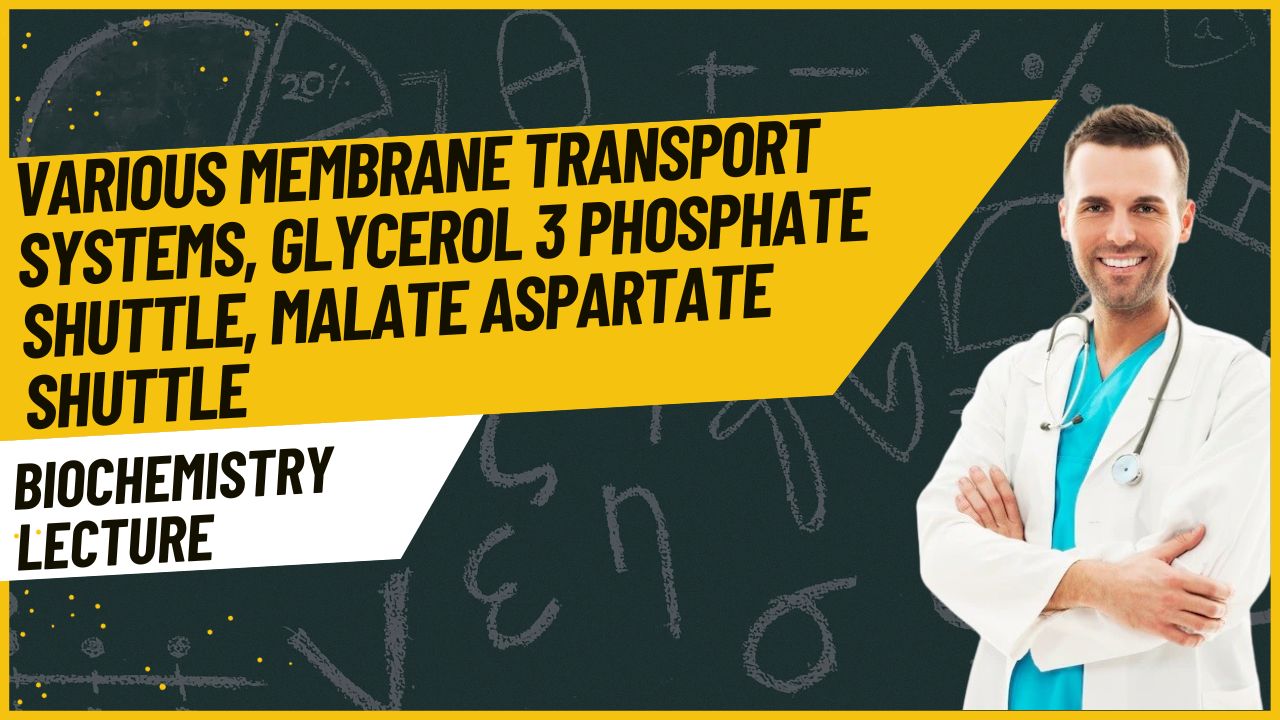Membrane Transport Systems:
Cell membranes are selectively permeable barriers that regulate the movement of ions and molecules across them. Various transport systems facilitate the movement of substances across membranes. Key membrane transport systems include:
- Passive Transport:
- Simple Diffusion: Movement of molecules from an area of higher concentration to an area of lower concentration.
- Facilitated Diffusion: Transport of substances through a membrane protein, usually a channel or carrier protein.
- Active Transport:
- Primary Active Transport: Direct use of energy (usually ATP) to move molecules against their concentration gradient through membrane pumps (e.g., sodium-potassium pump).
- Secondary Active Transport: Indirect use of energy obtained from the primary active transport to move other substances against their gradient.
- Bulk Transport:
- Endocytosis: Uptake of large particles or molecules by the cell, including phagocytosis (solid particles) and pinocytosis (liquids).
- Exocytosis: Release of substances from the cell through vesicle fusion with the cell membrane.
Glycerol 3-Phosphate Shuttle:
The glycerol 3-phosphate shuttle is a mechanism that transfers electrons from cytoplasmic NADH into the mitochondria, enabling the production of ATP. It involves two main steps:
- Cytoplasmic Reaction:
- NADH produced in glycolysis donates its electrons to dihydroxyacetone phosphate (DHAP), forming glycerol 3-phosphate.
- This reaction is catalyzed by cytoplasmic glycerol 3-phosphate dehydrogenase.
- Mitochondrial Reaction:
- Glycerol 3-phosphate, carrying the electrons, enters the mitochondria.
- Inside the mitochondria, glycerol 3-phosphate donates its electrons to the electron transport chain at the level of ubiquinone (Coenzyme Q).
- This process regenerates DHAP, completing the shuttle.
Malate-Aspartate Shuttle:
The malate-aspartate shuttle is another mechanism for transferring electrons from cytoplasmic NADH to the mitochondria. It involves the interconversion of malate and oxaloacetate and operates as follows:
- Cytoplasmic Reaction:
- NADH donates its electrons to oxaloacetate, forming malate.
- This reaction is catalyzed by cytoplasmic malate dehydrogenase.
- Transport of Malate:
- Malate is transported into the mitochondria.
- Mitochondrial Reaction:
- Inside the mitochondria, malate donates its electrons to the electron transport chain at the level of NAD⁺, regenerating oxaloacetate.
- This reaction occurs in the mitochondrial matrix and is catalyzed by mitochondrial malate dehydrogenase.
- Aspartate Shuttle:
- Oxaloacetate can be transaminated to form aspartate, which is transported back to the cytoplasm.
- Aspartate releases its amino group, reforming oxaloacetate, which can again participate in the shuttle.
Significance:
- Both shuttles allow the transfer of reducing equivalents (electrons) from cytoplasmic NADH into the mitochondria, supporting ATP production through oxidative phosphorylation.
- They play a crucial role in energy metabolism, especially when the energy demands of the cell require efficient transfer of reducing equivalents across subcellular compartments.
In summary, the glycerol 3-phosphate shuttle and malate-aspartate shuttle are mechanisms that facilitate the transfer of electrons across cellular compartments, allowing the production of ATP in the mitochondria. These shuttles contribute to the overall efficiency of cellular energy metabolism.
